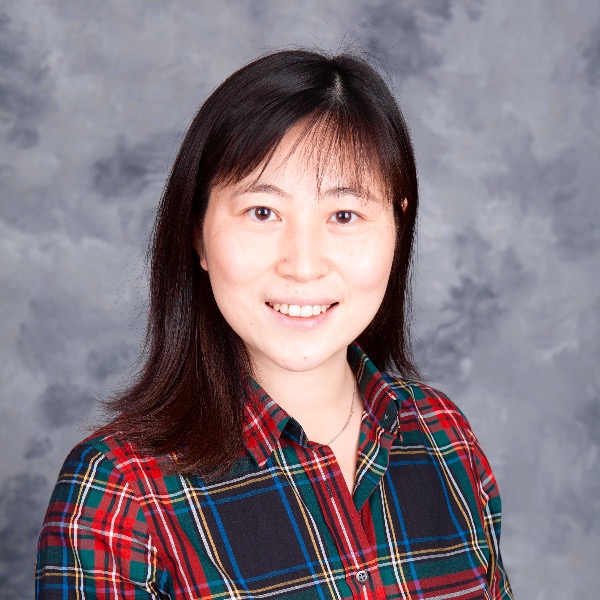Amanda Bao

Dr. Amanda Bao joined the Civil Engineering Technology program at Rochester Institute of Technology in 2010. Prior to RIT, she worked as a structural engineer in top engineering firms, and she is a licensed professional engineer in Colorado and New York. Dr. Bao has been actively involved in engineering education research since 2011, including digital learning, active learning and industry collaboration. Dr. Bao also conducts research in bridge resiliency and sustainability, innovative construction materials and evaluation of aging infrastructure. Read her answers to a few critical questions here:
1. How do you teach or model applied critical thinking?
Applied critical thinking is one of the key elements in developing my course materials. In teaching, I ask students to identify problems, seek the answers through multiple channels and compare them, do thorough investigation of the data to minimize bias, make an assertive decision and implement the best solution.
2. Why do you think applied critical thinking is important in your domain or role?
The fast growth of technology may turn the skills that are in demand now to be out-of-date in the future. In the modern innovation-driven world, nothing is as stable as the changes. Critical thinking skills allow you to process information quickly, assess problems and find the best solutions, especially when you deal with new problems and challenges.
3. Can you share a story where quality applied critical thinking was key to your success?
When most college students left campuses for the spring break in mid-March 2020, few expected the COVID-19 outbreak in the United States. The rapid transition to online learning during the COVID-19 lock-down triggered a boost of technology adoption in education, and the effect of digital learning on higher education has been remarkably profound. We are going through a change that has not happened for decades in traditional classrooms and a new digital world is forming. The applied critical thinking skill allows me to deal with the disruption and thrive in online teaching during the pandemic.
4. How do you use critical thinking in other areas of your life outside of RIT? And any last critical thoughts?
Critical thinking is very important in decision-making in my everyday life. In this high-tech era, we are overwhelmed with news, messages, information and social media from multiple channels, and there are so many factors that could influence our choices. I apply the critical thinking skill to process information and make decisions fast. There is never a perfect solution, but the best solution to solve a problem.
I find the simplest solution is usually the best solution. Here, “simplicity” means capturing the essence by removing all the unnecessary ingredients and being direct on the target. The simplest solution is achieved by thorough investigation and process of the collected data and evidence. Simplicity is the beauty of the nature and the life. Simplicity is the core of the highest level of art, science, engineering and design.